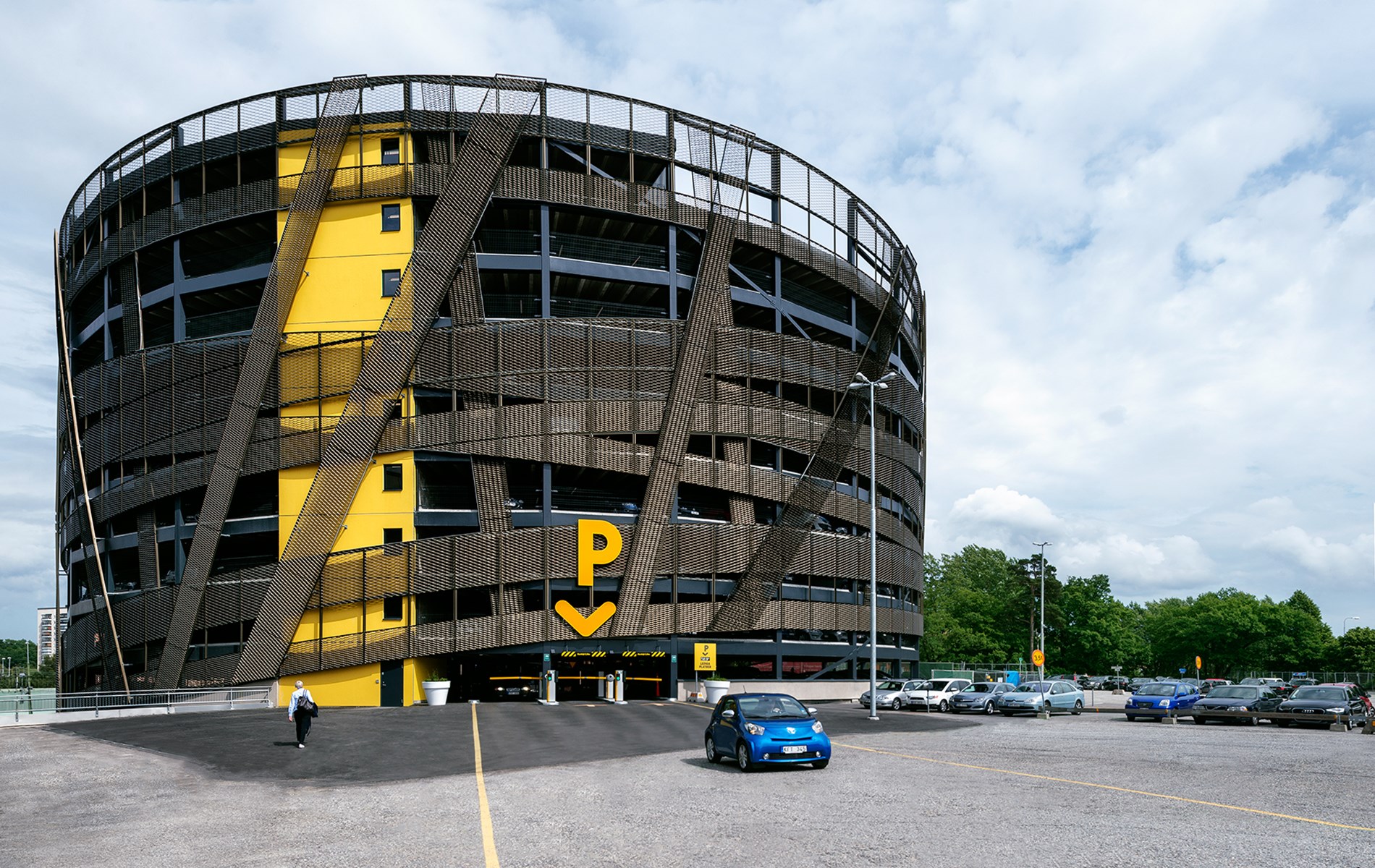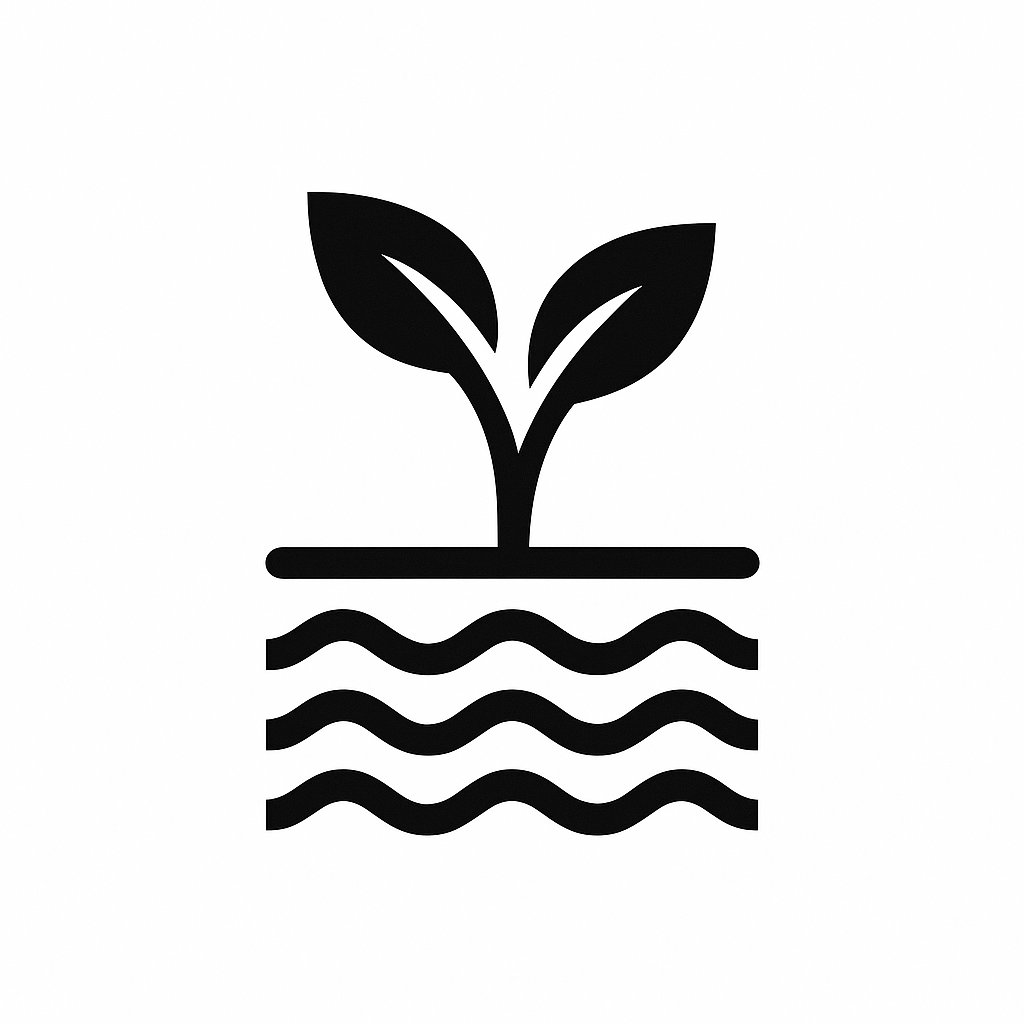Solna Sweden
A future vision of what this garage could look like
if used as an urban farm.

Address:
Röntgenvägen 9, 171 54, Solna
Garage size:
25 850 m²
Floor size:
2350 m²
Floors:
11
SWOT Analysis
This SWOT analysis captures Solna’s evolving role as a modern urban district and the
importance of balancing growth with sustainability and liveability.
Strengths
Proximity to Central Stockholm:
Solna benefits from excellent connectivity to central Stockholm via commuter trains,
buses, and the metro, making it attractive for both businesses and residents.
Strong Business Presence:
Home to major companies and institutions like Karolinska Institute and Mall of
Scandinavia, Solna is a hub of economic activity and innovation.
Modern Urban Infrastructure:
Recent developments have brought high-quality housing, shopping centers, and office
spaces, supporting a contemporary urban lifestyle.
Weaknesses
Limited Public Green Space in Dense Areas:
Despite adjacent natural areas (e.g., Hagaparken), certain parts of Solna, particularly in
denser commercial zones, lack accessible and integrated green spaces.
Traffic Congestion:
Main thoroughfares and access points experience significant congestion, especially
during peak hours.
High Property Prices and Gentrification Pressure:
Rising real estate costs may reduce affordability and increase social inequality in
housing access.
Opportunities
Urban Green Integration Projects:
Enhancing pocket parks, green roofs, and green corridors can improve environmental
quality and livability in built-up areas.
Sustainable Transport Development:
Further investment in bike lanes, electric public transport, and pedestrian-friendly zones
can support low-emission urban mobility.
Cultural and Event-Based Development:
With its proximity to Friends Arena and major institutions, Solna can leverage
Threats
Overdevelopment Risks:
Rapid urban expansion may place pressure on infrastructure and reduce green and
public space if not carefully managed.
Environmental Strain from Traffic and Development:
Increasing traffic and ongoing construction could worsen air and noise pollution levels.
Regulatory and Zoning Challenges:
Balancing historical preservation, ecological protection (e.g., areas near Royal National
City Park), and urban development can complicate planning processes.
